This piece is part of the Taiwan-U.S. Quarterly Analysis series, which features the original writings of experts with the goal of providing a range of perspectives on developments relating to Taiwan.
Over the past three years, concerns about a potential conflict in the Taiwan Strait have for the first time simultaneously emerged in Japan and the Republic of Korea (ROK) as a topic of mainstream policy discussions.
U.S. President Joe Biden’s historic joint statements in spring 2021 emphasizing “the importance of peace and stability in the Taiwan Strait” with then-Japanese Prime Minister Yoshihide Suga and then-ROK President Moon Jae-in, respectively, were key catalysts. Additional impetus came from Russia’s February 2022 invasion of Ukraine and saber-rattling by the People’s Republic of China (PRC), especially the unprecedented, large-scale military exercises around Taiwan in August 2022 following then-U.S. Speaker of the House Nancy Pelosi’s visit to Taiwan.
Most notably, new leadership in Seoul and Tokyo agreed last summer to a trilateral statement that “reaffirm[ed] the importance of peace and stability across the Taiwan Strait as an indispensable element of security and prosperity in the international community” and called “for a peaceful resolution of cross-Strait issues.”
Beyond the global headline-making summit statements expressing symbolic solidarity, however, what has received far less attention is something at least as significant in any practical sense: how the substance and focus of most discussions within these two “frontline” U.S. allies continue to manifest important differences in perspectives and priorities.
Below, I briefly highlight three recurring disconnects observed during my research on related questions, including extensive engagements with experts and current and former policymakers in Seoul, Tokyo, Taipei, and Washington last year.1
1. Different degrees of willingness to publicly engage with or show support for Taiwan (or even privately discuss related issues)
Widespread usage to the contrary, “Taiwan” and “the Taiwan Strait” do not mean the same thing. Analytically, it is extremely important to carefully distinguish between a foreign government’s policies and rhetoric (1) toward Taiwan, a self-governed liberal democracy of 24 million people, and (2) toward the Taiwan Strait: both a body of water separating the island of Taiwan from the “Chinese mainland” and a metaphor for both decades-old frictions between Beijing and Taipei and a possible contingency between them. Many commentators’ tendency to misleadingly conflate the two creates unfortunate confusion. This includes widespread overinterpretation of the aforementioned bilateral and trilateral summit statements, all of which refer only to “peace and stability in the Taiwan Strait.” (None specifically mentions “Taiwan” itself.)
The first significant difference between Japan’s and Korea’s contemporary approaches and policy discussions manifests regarding Taiwan. Put simply, Seoul has long been, and appears to remain, more reluctant than Tokyo to publicly engage Taiwan on a bilateral—even if unofficial—basis, or to openly express support for Taiwan’s international space.
On the one hand, even after recognizing the PRC in 1992, Seoul—like Tokyo (and Washington)—maintains working-level “unofficial” dialogues with Taiwan and has never officially endorsed the PRC’s claim of sovereignty over Taiwan. On the other hand, across a variety of indicators—including ROK leaders’ rhetoric, mentions in government white papers, politicians’ and officials’ visits to Taiwan, attention in public and policy discourse, expertise at universities and think tanks, etc.—Taiwan itself and South Korea-Taiwan relations have for many years received relatively little mainstream attention in South Korea, at least until very recently.
Especially against the backdrop of the Biden Administration’s concerted efforts to mobilize allies and partners to support Taiwan’s international space, the contrast in contemporary approaches to Taiwan between South Korea and Japan, the United States’ other major treaty ally in Northeast Asia, is noteworthy.
Though one should be careful not to exaggerate the extent of Japan’s bilateral cooperation with and direct support for Taiwan—especially in the security domain—the “unofficial” Japan-Taiwan relationship has long been relatively robust and has become incrementally closer over time. Today, the Kishida administration and its immediate predecessors have openly identified Taiwan as Japan’s “extremely crucial partner and an important friend” and repeatedly expressed support for Taiwan’s international space, such as its membership in international organizations and economic agreements (e.g., the Comprehensive and Progressive Agreement for Trans-Pacific Partnership) for which statehood is not a requirement. Meanwhile, a supra-partisan range of Japanese Diet members make frequent and unabashedly public trips to Taiwan. For good measure: numerous researchers at Japanese government-affiliated think tanks and major research universities have sustained focus and attention on Taiwan, Japan-Taiwan relations, and cross-Strait dynamics.
In short, a long-standing difference between Japan and South Korea is the extent of apparent interest in, support for, and political, policy, and intellectual attention given to Taiwan itself. Although since 2021, ROK government officials have become noticeably more outspoken on matters related to peace and stability in the Taiwan Strait, that has not obviously translated into expanded efforts to achieve deeper (“unofficial”) bilateral ties with Taiwan, or to adopt more assertive rhetoric or policies in support of its international space.
To be sure, circumstances appear to be in flux under ROK President Yoon Suk Yeol, who has clearly signaled a desire to more closely align with Washington and Tokyo on a variety of issues. A much greater shift may already be happening behind the scenes. Any evolution in South Korean rhetoric and policies vis-à-vis Taiwan will be a very important space to watch going forward.
2. Different perspectives regarding possible U.S. military deployments from allied soil for a cross-Strait contingency
For the ROK, which for more than 70 years has had to stare down an existential threat from North Korea—with which no peace treaty has ever been signed—the Taiwan Strait has, understandably, not traditionally been a major focus of attention. Past U.S. efforts to initiate a more robust discussion on the U.S.-ROK alliance’s (or U.S. forces in Korea’s) possible role in the event of a regional contingency have not made much headway.
This is hardly surprising. For reasons of geography and force structure, inter alia, the U.S. alliance with Japan has traditionally been much more focused on regional stability than the U.S.-ROK alliance. Though the defense of territories under Japan’s administration was primary, the 1960 U.S.-Japan mutual security treaty explicitly defines the mandate of U.S. forces in Japan to include “maintenance of international peace and security in the Far East.” As it concerns Taiwan/the Taiwan Strait, way back in 1969, 52 years before the 2021 U.S.-Japan summit statement referenced above, a Japanese prime minister agreed to a bilateral communique in which he explicitly linked “the maintenance of peace and security in the Taiwan area” to “the security of Japan.”
Although concrete discussions between Tokyo and Washington about possible bilateral cooperation in a regional contingency were mostly postponed until after the Cold War, since the 1997 Guidelines for Japan-U.S. Defense Cooperation, that possibility in the event of a “situation in areas surrounding Japan” has been explicit. What’s more, both related discussions and the scope of Japan’s possible role have expanded significantly in recent years. A possible allied and/or Japanese response remains hypothetical, of course. Responses will inevitably hinge on the judgments of democratically-elected leaders in Tokyo and Washington.
In contrast to the situation with Japan, expanding the U.S.-ROK alliance to focus on regional contingencies has not been a priority of either government. On the few occasions when the United States has broached the issue, most notably in the George W. Bush administration’s effort to discuss the “strategic flexibility” of U.S. forces in Korea, not much has come of it. That effort ended with no clear consensus between Seoul and Washington, a vague 2006 public statement, and no guidelines for possible cooperation in a contingency off of the Korean Peninsula.
Though it is not possible to confirm how far discussions between Seoul and Washington have advanced behind closed doors since 2021, public ROK official statements suggest Seoul’s long-standing and understandable preference to keep the alliance’s (and U.S. forces in Korea’s) focus singularly on the clear, present, and worsening threat posed by a now-nuclear-armed Pyongyang has persisted. In September 2022, Korea’s vice defense minister made a statement widely interpreted to suggest the United States and ROK had not actively discussed an off-peninsula role even for the U.S. forces in Korea in the event of a Taiwan Strait contingency. Due in no small part to the PRC’s potential spoiler role vis-à-vis North Korea, in recent years, ROK leaders and politicians appear noticeably more cautious than Tokyo about publicly criticizing or upsetting Beijing on extremely sensitive issues related to Taiwan.
Here, too, circumstances may be changing under the Yoon administration. For example, the aforementioned August 2023 trilateral summit statement also contained an unusual—for Seoul—explicit and critical reference to the PRC. Nevertheless, a significant difference appears to remain between Seoul’s and Tokyo’s perspectives regarding the appropriateness of a direct and indirect role for their respective alliances with the United States (and U.S. forces on their soil) in concrete efforts to contribute to peace and stability across the Taiwan Strait—or quickly and effectively respond in the event deterrence fails.
3. Different levels of concern and attention are given to the risk of simultaneous conflicts in the Taiwan Strait and on the Korean Peninsula
The third general difference I’ve observed is that ROK leaders and experts appear more focused than their Japanese counterparts on the risk of war breaking out simultaneously in the Taiwan Strait and on the Korean Peninsula. Though this may not be particularly surprising, it is still noteworthy, especially since the risk is sometimes linked—including in ROK presidential and cabinet ministerial rhetoric—to an insistence that the ROK military and U.S.-ROK alliance therefore must stay focused on deterring North Korea, even in the extreme scenario where war has already broken out in the Taiwan Strait.
Put simply, a common South Korean concern appears to be that a cross-Strait conflict might lead North Korea, sensing an opportunity presented by a distracted U.S. military, to undertake some escalatory action. This fear appears particularly pronounced when ROK counterparts contemplate the possibility that the United States may wish to deploy its forward-deployed forces in Korea to support Taiwan. (Notably, I have yet to hear a Korean counterpart volunteer another pathway to simultaneous conflict sometimes discussed in Washington: a possible preemptive People’s Liberation Army strike on a U.S. base in Korea.)
Although South Korean experts typically raise a scenario where a Taiwan Strait contingency occurs first and leads to North Korea carrying out some sort of provocation, it is worth noting that the reverse sequencing attracts attention in Taiwan: i.e., war on the Korean Peninsula could lead Beijing to see an opening and attack Taiwan.
These concerns in Seoul and Taipei are entirely understandable. After all, U.S. fears of “simultaneous conflict” in the Taiwan Strait and on the Korean Peninsula date back at least to 1950. Today, some U.S. experts have called for greater attention to the risks, emphasizing how politics, geography, and other factors suggest multiple plausible pathways to a two-front conflict—regardless of whether Beijing and Pyongyang are actually planning for it.
Yet in my experience, this risk does not appear to have gained nearly as much attention in Tokyo or in at least some U.S.-Japan alliance-focused contexts.
Final thoughts
That differences exist between Japanese and South Korean perspectives on their governments’ respective policies vis-à-vis Taiwan and the Taiwan Strait is hardly surprising. Not only are the related issues, risks, and potential trade-offs extremely complicated, but these two U.S. allies have distinct histories, geographies, threat environments, and capabilities, as do their respective alliances with the United States.
Nevertheless, as the striking and unprecedented August 2023 U.S.-Japan-ROK trilateral summit statement makes abundantly clear, what Seoul and Tokyo unmistakably and now publicly recognize is a shared interest in peace and stability in the Taiwan Strait and a sense that it is under threat. As such, it behooves all concerned parties to better understand the reasons behind the still divergent perspectives on Taiwan and the Taiwan Strait, the appropriate role of forward-deployed U.S. and their own military forces, and the risks of a simultaneous conflict across multiple fronts—and what, if anything, can or should be done about them.
Perhaps some differences cannot, or should not, change. After all, both the Korean Peninsula and Taiwan Strait present extremely challenging—and unique—problem sets. And the associated challenges are only deepening.
However, beyond the summitry, the differences in policies and perspectives should be more candidly acknowledged and discussed. Of particular importance are not only inter-governmental discussions but also Track 1.5 and Track 2 dialogues designed to break down the persistent and problematic compartmentalization of these discussions by country/alliance-specific expertise. In particular, more resources should be devoted to supporting international dialogues that bring together experts on the U.S.-ROK alliance, the U.S.-Japan alliance, Taiwan, North Korea, and cross-Strait dynamics.
The stakes are extremely high, and country- or alliance-specific approaches are simply no longer sustainable.
-
Footnotes
- Disclaimer: This list is not intended to be exhaustive. What follows are several general impressions, not judgments or universal claims. The very complicated associated policy questions remain heavily contested in both Seoul and Tokyo.
The Brookings Institution is committed to quality, independence, and impact.
We are supported by a diverse array of funders. In line with our values and policies, each Brookings publication represents the sole views of its author(s).
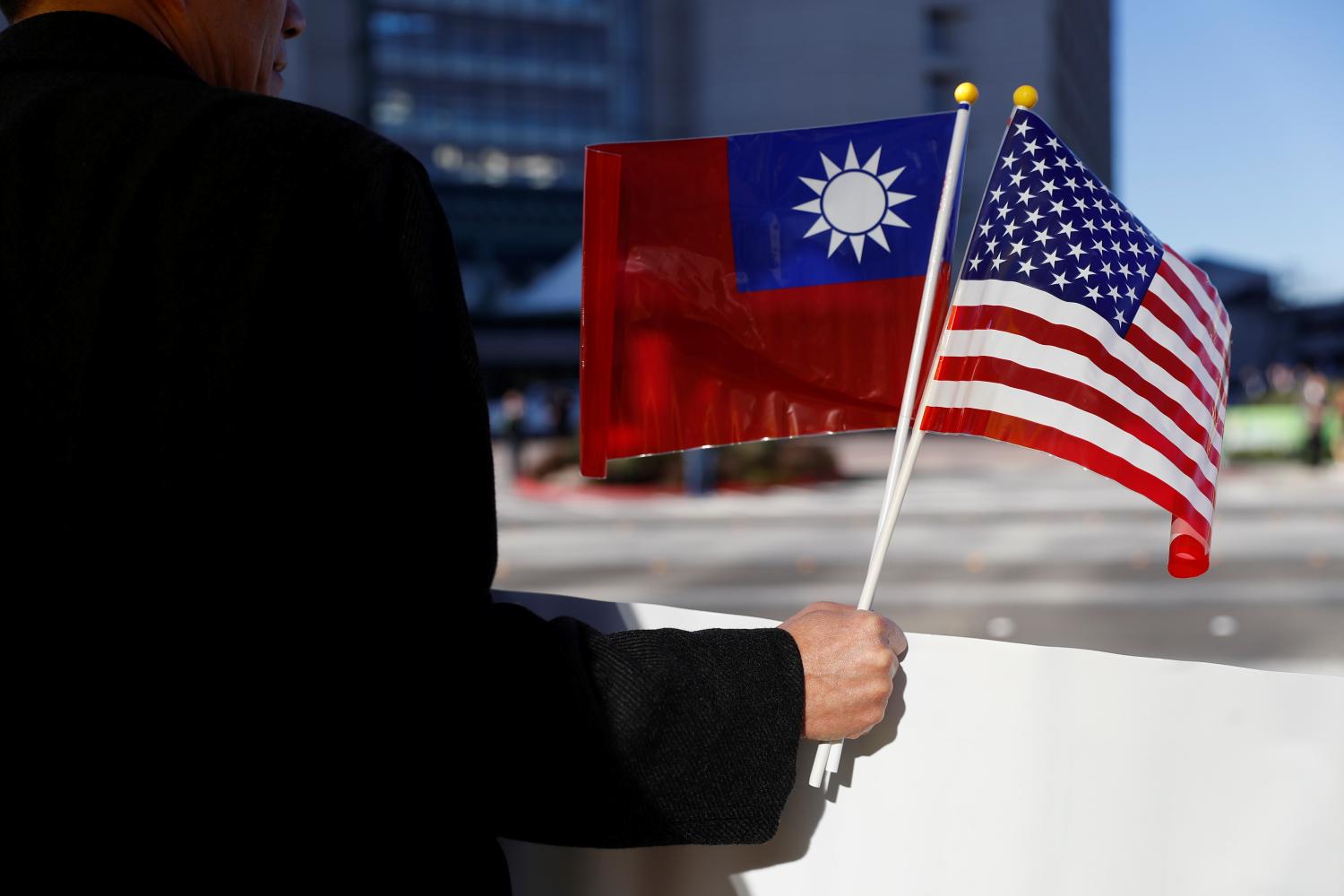

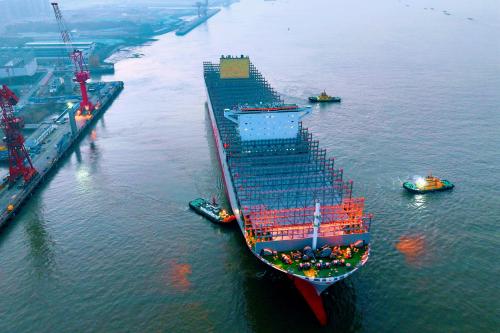
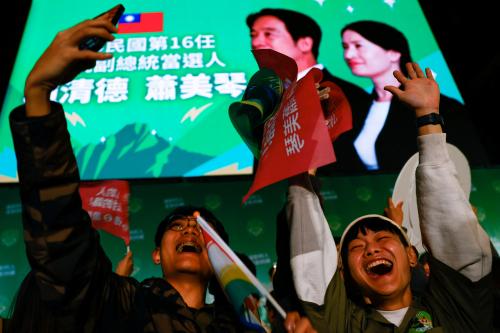
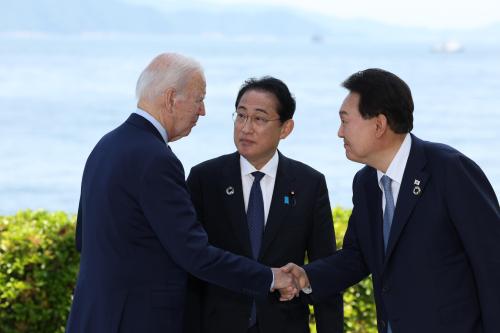


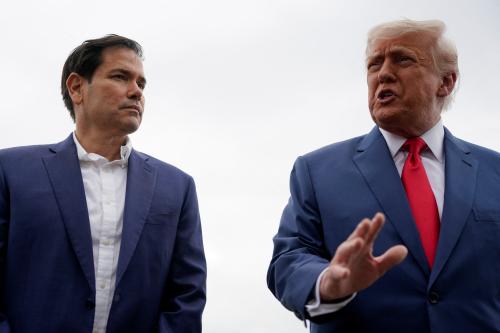
Commentary
How Japan and South Korea diverge on Taiwan and the Taiwan Strait
Amid historic U.S.-led efforts to demonstrate symbolic solidarity, outstanding differences also deserve attention
February 22, 2024